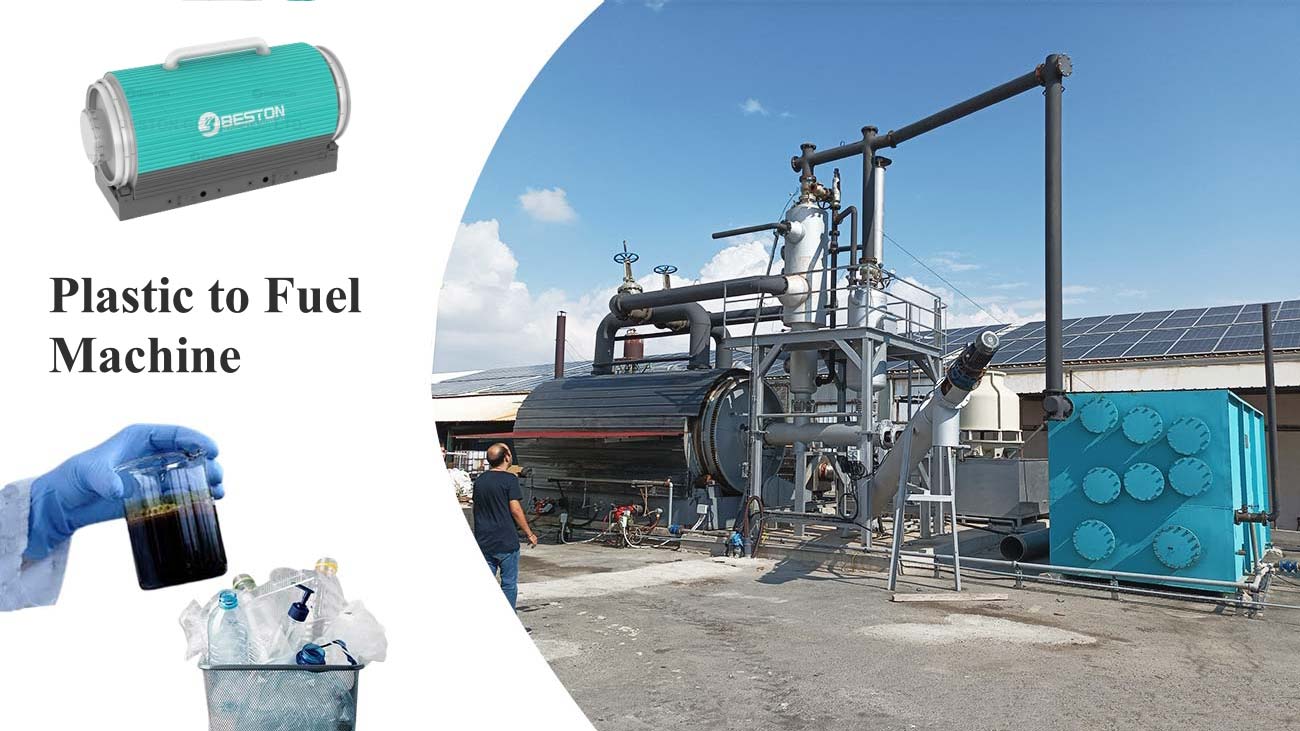The global challenge of plastic waste demands a paradigm shift, a departure from the linear model of production and disposal towards a circular economy ethos. At the forefront of this transformative journey stands the enigmatic process of plastic pyrolysis, a method poised to redefine our approach to plastic management.
A Molecular Metamorphosis
Plastic pyrolysis isn’t just a process; it’s a molecular metamorphosis. The alchemical dance within the confines of a cutting-edge plastic pyrolysis machine instigates the disintegration of polymers, breaking them down into their elemental components. This isn’t mere disassembly; it’s a sophisticated deconstruction, rendering plastics into a raw material state, ready for reincarnation into new products.
In the crucible of high temperatures and controlled environments within a plastic pyrolysis machine, plastics shed their synthetic identity. The intricate chemistry of pyrolysis navigates the fine line between degradation and transformation, unveiling the latent potential within discarded plastics.
The Circular Symphony
Circular economy strategies echo the principles of sustainability and resource efficiency. In this symphony of circularity, plastic pyrolysis takes center stage as a virtuoso, converting end-of-life plastics into a valuable resource pool. No longer relegated to the ignominy of landfills or the perils of marine ecosystems, plastics become the protagonists in a circular narrative, perpetually reinventing themselves.
The magic unfolds as the plastic fuel machine orchestrates the conversion of plastics into liquid hydrocarbons and gases. These outputs, often referred to as pyrolysis oil or syngas, embody the prospect of a sustainable future. Their versatility enables them to be channeled into the creation of new plastics, fuels, or other high-value products, completing the circular loop with finesse.
Unveiling Environmental Guardianship
The environmental implications of plastic pyrolysis extend far beyond the realms of waste management. By dismantling plastics at a molecular level, pyrolysis disrupts the conventional narrative of plastic as an ecological pariah. It is an act of environmental guardianship, a potent means of mitigating the adverse impact of plastic pollution.
As plastics find their way into the chambers of a plastic pyrolysis machine, the carbon footprint dwindles. The process mitigates greenhouse gas emissions that would have been generated through traditional disposal methods, embodying a commitment to carbon neutrality. It’s not merely waste management; it’s a strategic maneuver in the battle against climate change.

Economic Resilience in Residues
In the realm of circular economies, residues cease to be liabilities; they morph into economic assets. The residue left behind in the plastic to oil machine – often called char or carbon black – doesn’t languish in the shadows. It becomes a valuable commodity with applications in construction, agriculture, or as a precursor for carbon-based products.
The economic resilience embedded in these residues further fortifies the circular economy model. No longer are plastics disposable entities; they are dynamic contributors to economic value chains, embodying the essence of sustainability and resource efficiency.
Interested in learning more? Head over to Beston Group for a detailed overview.